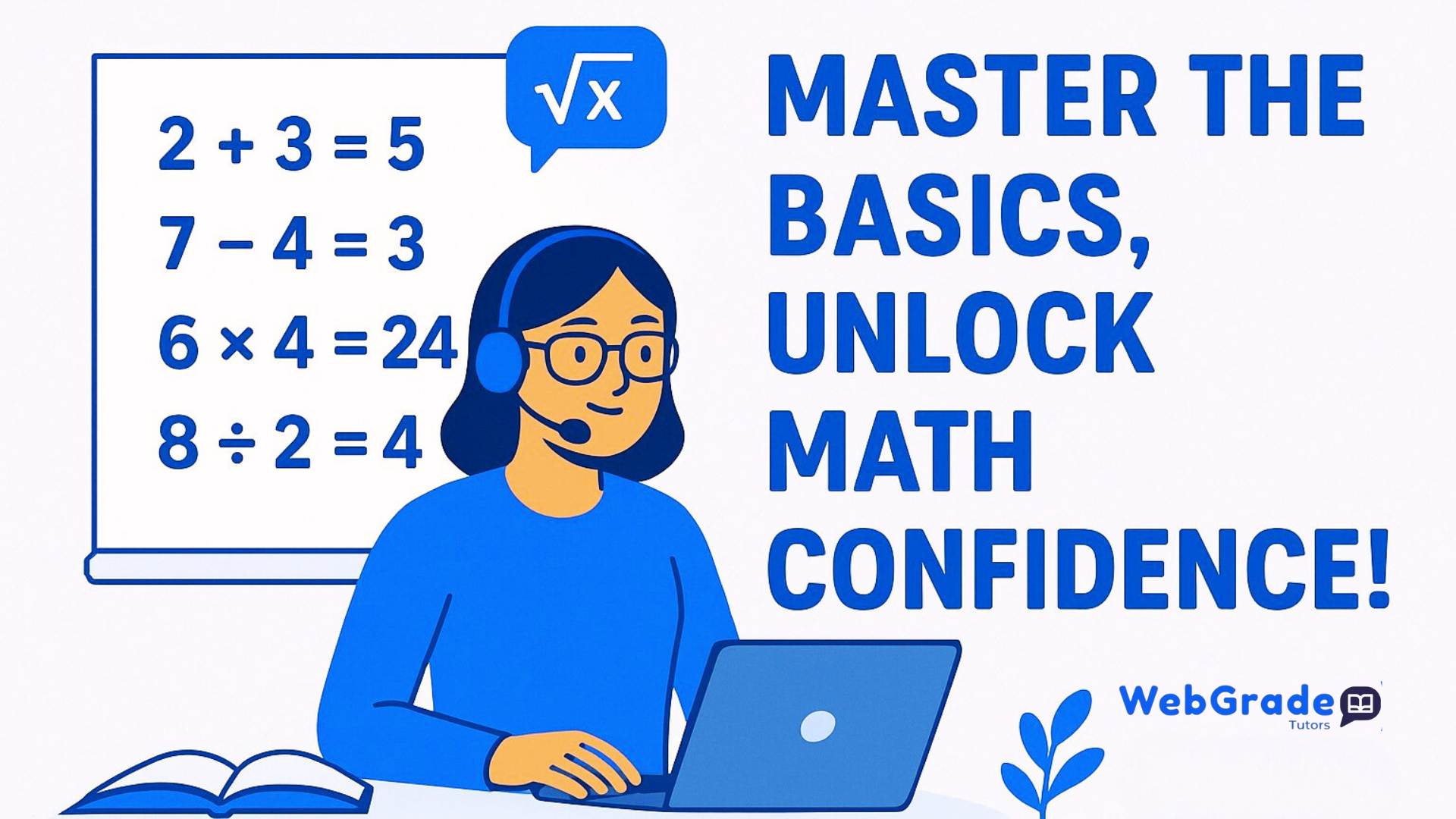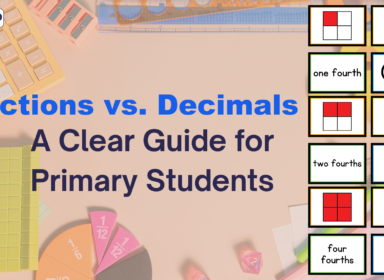Why Choose Personalized Physics Tutoring Australia?
Personalized physics tutoring Australia helps your child overcome practical challenges like exam prep and knowledge gaps while easing emotional struggles such as lack of confidence and safety concerns. Our customizable plans align with Australian curricula like HSC and VCE, building problem-solving skills for assessments. You'll feel relief from financial stress with affordable options and proven tutor qualifications. Sessions foster motivation, reducing family inequality worries. Experience flexible scheduling that fits busy lives, ensuring consistent progress in mechanics, electromagnetism, and more.
Mechanics and Motion
Master kinematics, dynamics, forces, and energy transformations to fill knowledge gaps and boost problem-solving for Australian curriculum exams.
Electricity and Magnetism
Learn circuits, fields, and electromagnetism principles to overcome frustration and build confidence in Year 12 physics assessments.
Certified & Experienced Tutors
Our tutors hold qualifications and undergo background checks, ensuring safe, expert guidance tailored to your child's needs and curriculum.
Proven Academic Success
See improved ATAR scores and reduced exam anxiety, with personalized plans that celebrate wins and foster lasting self-belief.









